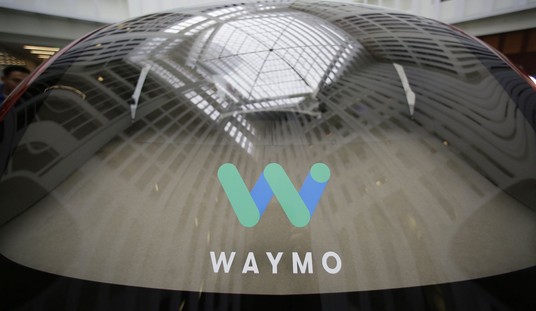We’re entering the period of the election cycle where pollsters start switching to likely-voter models to enhance the predictive value of their surveys — but that’s more of an art rather than a science. Pollsters try to adjust for the various and unique ebbs and flows in each cycle, but usually that means adjusting existing models by increments rather than attempting to recreate them from scratch. That works in most cycles, but when extraordinary passions arise, incremental adjustments may not work. Gallup’s latest survey shows an unprecedented gap in enthusiasm between Republican and Democratic voters, calling into question just how to weight turnout in November:
Two months before this year’s midterm congressional elections, Gallup finds 54% of Republicans, compared with 30% of Democrats, already saying they have given “quite a lot of” or “some” thought to the contests.
This “thought” measure is an important variable in Gallup’s well-established classification of “likely voters,” which is put into use closer to Election Day. The current gulf in thought between the parties mirrors the partisan gap in Gallup’s voter enthusiasm measure that is tracked weekly.
Republicans’ current level of thought about the elections, from Gallup Daily tracking conducted Aug. 23-29, matches or exceeds that found in October/November of the last three midterm years. By contrast, Democrats are giving far less thought to the elections today than they did in the final weeks before the prior four midterms. As a result, Democrats are on par with independents in current attention levels — a sharp departure from recent years, when the Democrats exceeded independents on this measure.
The large party gap in “thought” suggests the typical Republican turnout advantage could be larger than usual this year if that gap persists until Election Day. Attention normally spikes as elections approach, and this is likely to occur among Democrats. However, it is unclear whether the Republicans have reached the limit for how much attention they will pay to a midterm election, or whether their attention will rise to perhaps a historic level by November. How this plays out will determine Democrats’ ability to catch up to Republicans on this measure before Election Day, and will in turn determine the size of the Republican turnout advantage.
The contrast is dramatic, and the historical record supplied by Gallup even more so. Republican enthusiasm was actually higher in 1994, but that survey was taken just before the election. In 1994 at that point, 67% of conservative Republicans had given “quite a lot of thought” to the midterms; in August 2010, that number is 63%. However, among moderate Republicans, the level is substantially lower at the moment (50% in 1994, 34% in 2010). Among all Democrats, the numbers are all down by double digits; only 23% of moderate Democrats are thinking about the election, far below 2006’s 49%, and liberal Democrat numbers have declined by 25 points from 2006 levels to just 32%.
The news isn’t all good. Independent voters are showing less enthusiasm as well. Republicans might hope to see them turning out in this cycle, as polls show them disenchanted with Democrats and could help boost GOP chances in tough districts. However, this could also be the effect of left-leaning independents shrugging off the midterms, which would mean that those who remain will break even harder for the GOP than surveys now show.
We have already seen some evidence of underestimation. In Missouri, for instance, despite having important primaries in both parties, far more voters chose the Republican ballot — and Proposition C, which was an effort to fight ObamaCare, got 71% of the vote in a state where even Rasmussen only detected 58% support for repeal. In Florida, where both parties again had contentious primaries, far more Republican votes got cast in favor of Marco Rubio in a mainly uncontested bid (1,059,513) than did all three Democrats combined in their primary (910,393).
This will be a very tough election to properly poll, and it may be very easy to underestimate the impact of national momentum.








Join the conversation as a VIP Member